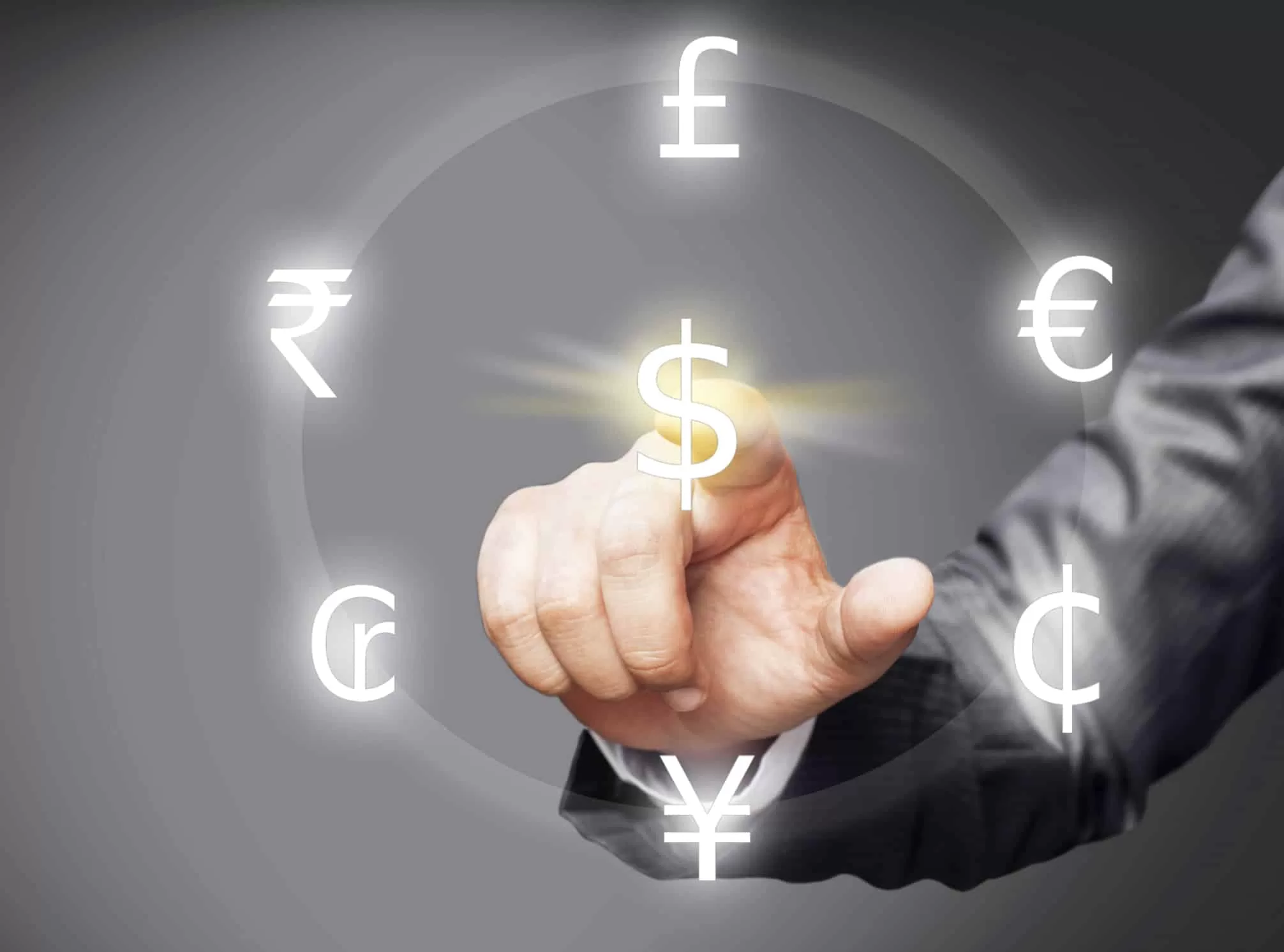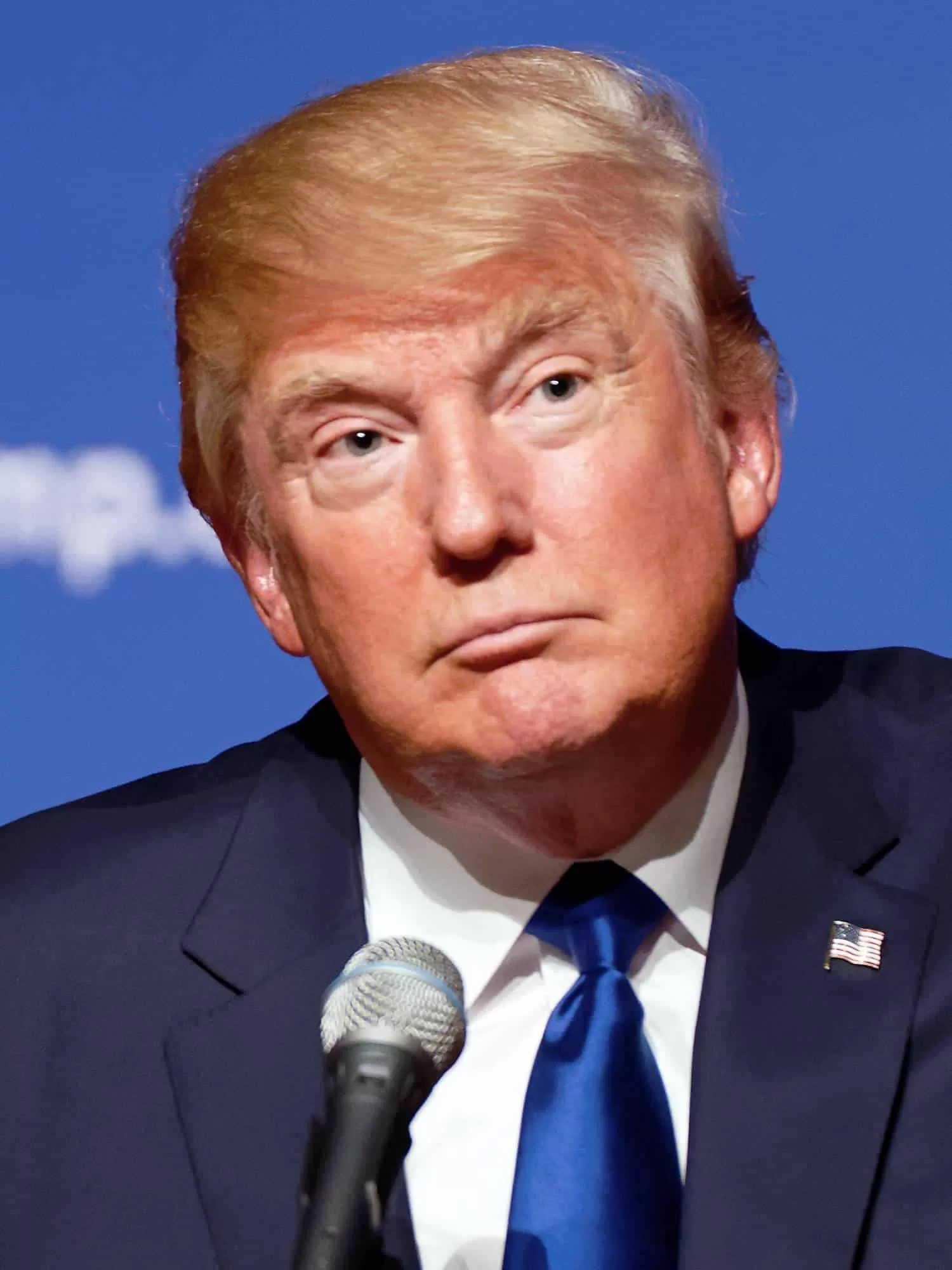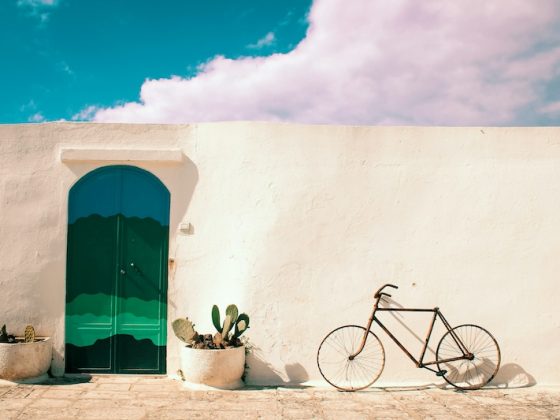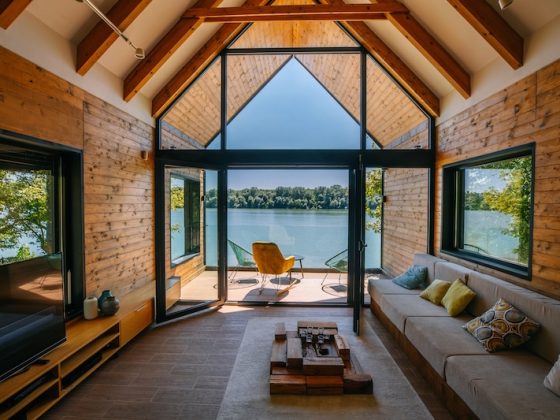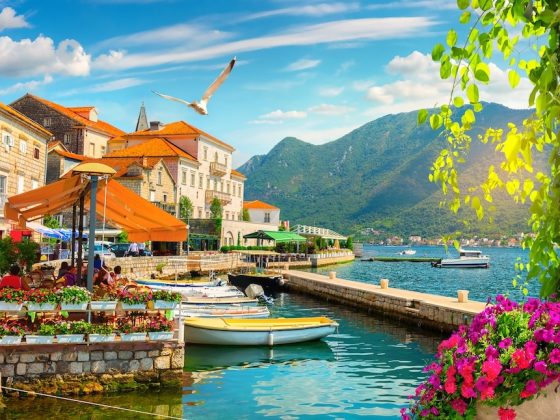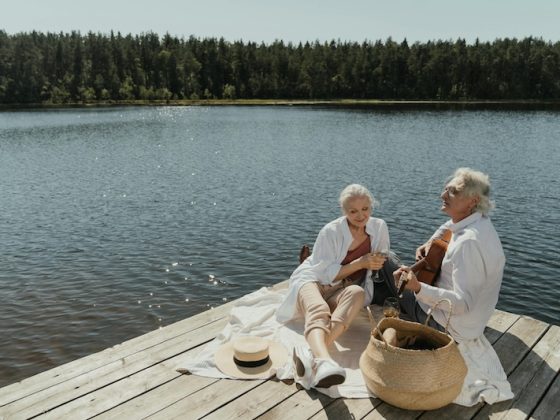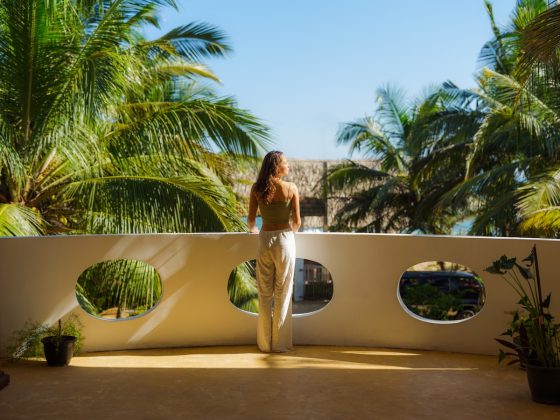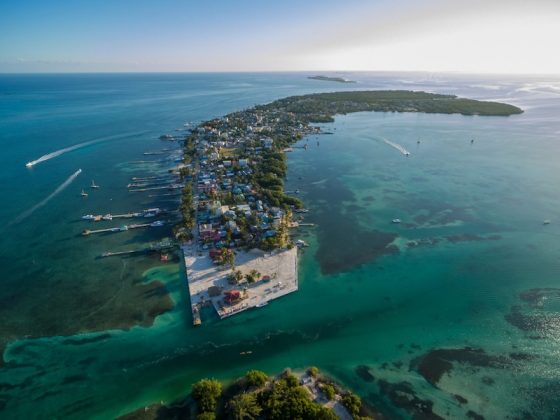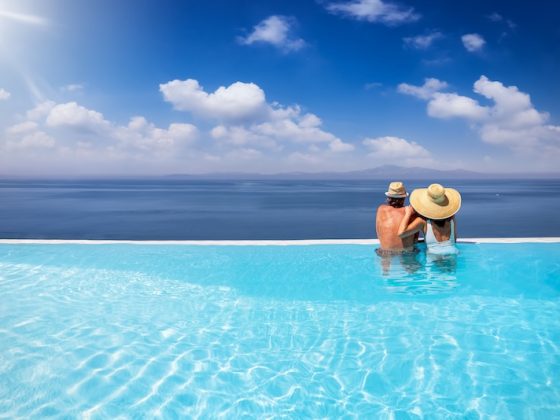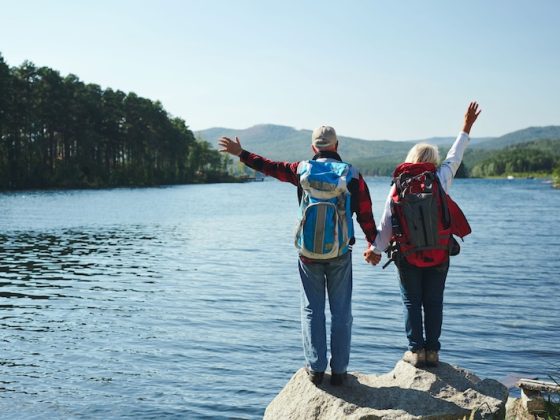I’ve been covering the offshore beat since 2000. In that time, I’ve seen everything, great, good, boring and bad that’s out there. I’ve seen amazing successes, high returns, losses, fraud, and everything inbetween. After all of that, here’s the best offshore investment I’ve ever seen. My best offshore investment for 2017.
Note that I’m not an investment advisor, my firm doesn’t sell investments, and we don’t receive a commission for referring clients to investment advisors. We’re in the business of international tax and business planning and don’t have the conflicts of interest that permeate the offshore industry.
My suggestion as to the best offshore investment for 2017 is based on my personal experience and what I’ve learned over the years working with hundreds of clients.
My criteria in selecting the best offshore investment is more than just the highest return. Returns are balanced against risk and each of the points below. Taking each into consideration, my best offshore investment is hardwoods. Specifically, my best offshore investment for 2017 is teakwood from Panama. Here’s why:
- Return on investment
- Minimal risk of loss
- Assured by the seller / developer
- Reviewed and recommended by multiple sources
- Ease of purchase and no ongoing management required
- No U.S. reporting or tax compliance requirements
- No special structures, such as a foreign trust or insurance policy, required
- Can make the investment with your retirement account
- Offers a unique side benefit in addition to the return on investment – in this case, you get residency in Panama for free.
Teak offers the best combination of these criteria. But, it’s the side benefit of residency that puts it over the top. If you’re living, working, or doing business abroad, you want residency somewhere. The first step in building a safe haven abroad is residency and it’s the key component of most offshore tax plans.
But, I’m getting ahead of myself. Let me take each of these criteria in turn…
Of course, the returns on hardwoods are solid. Forestry has returned about 15% per annum nearly every year since 1987. So, that get’s us to the starting gate… an offshore investment with a great return that can’t be found in the United States.
But, it’s the rest of the benefits of hardwoods that make it my best offshore investment….
Risk of Loss: The risk of loss is minimal because the trees and the project are assured by the developer. If something were to happen, such as poorly growing trees, disease, fire, etc. the developer would replant your land at no cost to you.
I also note that you’re the owner of the land. Once the first crop is harvested, you can replant or sell the parcel. There’s no risk of loss of the land, as it’s fully titled in your name.
Reviewed and recommended: I’m not an investment advisor – my expertise is planning international business and asset protection structures. I rely on professionals to identify the best category of investment. Then I go to my sources and find the best offshore opportunity in that category. Finally, I get information on a regular basis from clients who call to talk over their tax situation at year-end.
There has been a lot of positive press for hardwoods in the last few years. Ever since the financial collapse of 2004, wood has been a top investment of the 1%… and this has continued through 2017.
For articles on the merits of investing in hardwoods, see:
Motley Fool: The Real “Growth” Industry: Timber 101
CNNMoney: Timber! Why the rich are buying trees
“In the rarefied world of the wealthy, timber is the hot new commodity.” – CNN Money
Money Week (UK): Why you should invest in forestry – and what to buy
Ease of Purchase and No Maintenance: An investment in Panama teak is very easy. No real estate agent, broker or other intermediary is required. Also, the paperwork is minimal and there are no transactional costs or commissions to pay. Finally, there’s no need for you to open an offshore bank or brokerage account.
Unlike rental real estate, an investment in teakwood requires zero maintenance or work by you. Over the next few years, the forestry manager will maintain the property, cultivate the soil, nurture the trees, thin the seedlings and do everything else necessary to manage your investment. For this, they get a percentage of the harvest with no fees charged to you.
No U.S. Reporting: An investment in foreign teakwood doesn’t require any U.S. reporting. The land and the farm are exempted from the Foreign Bank Account and Foreign Asset Statements.
So long as you hold the investment in your name, and not in a corporation, trust, or other special structure, you will have no U.S. reporting requirements. To avoid the FBAR, you can send the wire to purchase the trees from your U.S. account into an foreign escrow account (no need to open an offshore bank account).
Note that we’re talking about reporting here, not the payment of tax. When the trees sell, you will pay U.S. tax on the capital gain. This is reported on Schedule D of your personal return.
Also note that these comments are limited to teakwood and long term timber investments. If you were to invest in an active farm, where you’re cutting and selling regularly, this would be an active business rather than a passive investment. In that case, you will have multiple U.S. reporting obligations.
No Special Structures Required: One of the reasons you have no U.S. reporting required on your Panama teak investment is that no special structures are required to hold that investment. You don’t need to setup a Panama corporation or foundation. You don’t need to create an asset protection trust. You can title the land and the teak in your name.
Of course, you can use these structures if you like. You could hold a large teak investment inside a Dynasty Trust to create multigenerational asset protection and tax free growth. But, it’s not required. You’re in control when it comes to teakwood… you can make the offshore plan as simple or complex as you need.
Can use your IRA: You can invest in Panama teak using your IRA or other U.S. retirement account. So long as your IRA is vested (you’re retired or an account from a previous employer), you can invest it in teakwood.
There are two ways to use your retirement account to invest in timber:
- Move your account to a U.S. custodian that allows for international investments and have them make the investment.
- Setup an offshore IRA LLC, move your account into that LLC, and then you make the investment in teak.
The first option is quick, easy, and should not have any significant costs. The second will cost about $3,000, but it will give you checkbook control over your retirement account.
If you plan to make only one foreign investment, going through your custodian is probably the most efficient. If you want to move your entire retirement account offshore, and make multiple investments, a self directed offshore IRA LLC is the best choice.
Moving your IRA offshore also gives you assert protection. While the IRS can seize a U.S. retirement account, one invested offshore is secure from the taxman and other creditors. If you want to diversify your IRA out of the United States, and protect it from future creditors, consider forming an IRA LLC.
For more on using your IRA to invest in Panama teak, see: How to get Residency in Panama Using Your IRA
Side Benefits: What makes Panama teak my my best offshore investment for 2017 is the side benefit of residency. Basically, you can get residency in Panama for free with an investment of $20,000 in teakwood.
If you’re from a top 50 country, called a “friendly nation” in the Panama law, you can get residency in Panama with an investment of $20,000. For more on this program, see: Best Panama Residency by Investment Program
If you’re not from a friendly nation, you can get residency in Panama with an investment of $80,000 in teak. The $20,000 program includes legal and government costs while the $80,000 does not (and is much more expensive overall than the friendly nations visa).
To sweeten the deal, once you’ve been a resident for 5 years, you can apply for citizenship and a second passport from Panama. This passport includes visa-free or visa on arrival access to 127 countries and territories, ranking it higher than most other second passport program.
And the investment in Panama is a fraction of its competitors (so long as you’re from a friendly nation). For example, you’ll need invest $550,000 and pay about $30,000 in fees for a second passport from St. Lucia that gets you 125 countries.
Yes, with Panama you need to wait 5 years, but the investment is only $20,000… and you get that back with a nice return. If you’re from the U.S., U.K., Canada, the EU, or any of the 50 friendly nations, this is the best low costs second passport available.
For all of these reasons, I believe teakwood in Panama is the best offshore investment available in 2017 It provides solid returns, requires no special structures or U.S. reporting, no maintenance charges to you, and gets you residency in the top expat and retirement country on the planet.
I hope you’ve found this article on my best offshore investment for 2017 helpful. For more information, and to be introduced to an investment and residency expert, please contact me at info@premieroffshore.com or call us at (619) 550-2743. All consultations are free and confidential.
Contact Author
"*" indicates required fields
Stay Ahead on Every Adventure!
Stay updated with the World News on Escape Artist. Get all the travel news, international destinations, expat living, moving abroad, Lifestyle Tips, and digital nomad opportunities. Your next journey starts here—don’t miss a moment! Subscribe Now!
